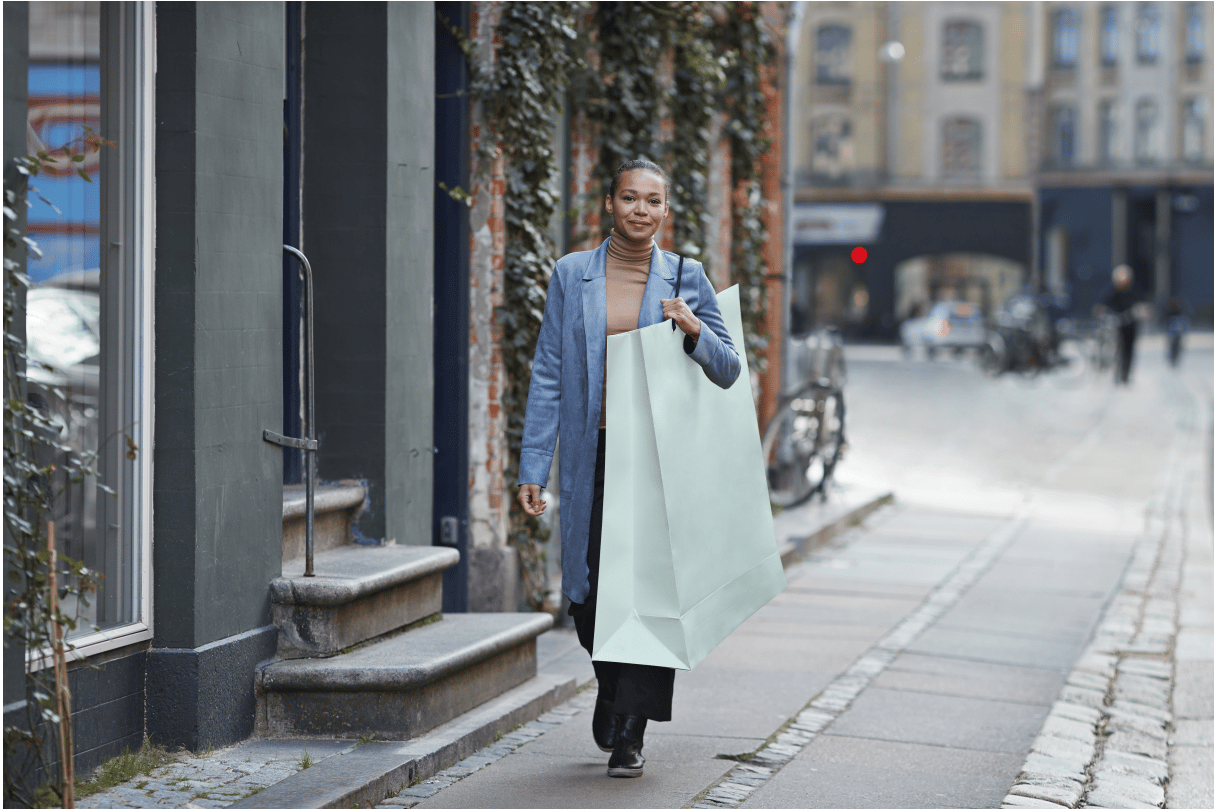Shopkick survey finds that 77 percent of consumers plan to take advantage of the sales tax-free weekend(s) in their state to save money on back-to-school shopping
With US inflation being the highest it has been in four decades, consumers are looking for ways to cut costs — especially when it comes to back-to-school shopping. As American families head in-store to stock up on school supplies, 75 percent of consumers say their top priority is getting the best price, with 77 percent planning to utilize sales tax-free periods in their state to shop without the additional financial burden of a sales tax.
Shopkick, a leading shopping rewards app, surveyed more than 12,500 consumers to uncover how they are planning to shop this back-to-school season.
Key Insights Include:
- Tightened Budgets: Nearly half (40 percent) of consumers expect to spend less on back-to-school items this year than they did last year with the largest segment of shoppers (39 percent) planning to spend under $100. The majority (61 percent) say they have tightened their budgets because of rising inflation. For those planning to spend more, 28 percent of shoppers say it is because they need to purchase all new school supplies whereas they did not last year. Other consumers say it is because last school year was entirely virtual (26 percent), they did not back-to-school shop last year (21 percent), their budget was tightened due to the pandemic but they are back to regular spending habits (19 percent), they need to make smaller purchases they did not have to last year (17 percent), and they need to make big-ticket purchases they did not need to last year (15 percent).
- Inflation Impact: Of the consumers that expect inflation to impact their back-to-school shopping, the majority (70 percent) plan to spend less on non-essential purchases as well as hunt for deals and compare prices more than they typically would. Other shoppers are using coupons and rewards apps more (64 percent), making fewer shopping trips (47 percent), and using buy now, pay later more than usual (9 percent).
- School Supply Savings Tips: The majority of consumers are utilizing different tips and hacks to help save money this back-to-school season, such as using coupons and rewards apps (74 percent), watching prices to wait for sales, deals and discounts (67 percent), shopping at thrift stores for discounted items (33 percent), upcycling old items and materials (24 percent), buying used or hand-me-down school uniforms (11 percent), buying one set of books to share (7 percent), and renting sports, band and club equipment rather than buying it (4 percent).
- Safety Precautions Remain: Consumers are still planning on purchasing essential items to protect against COVID-19 when back-to-school shopping this year with the majority of shoppers planning to purchase hand sanitizer (64 percent), cleaning wipes (59 percent), paper products (45 percent), masks (38 percent), gloves (17 percent), and disposable cutlery for lunches (16 percent).
- Shoppers Head In-Store: Similar to last year, nearly all (91 percent) of this year’s back-to-school shoppers plan to make their purchases in physical retailers, a noticeable increase compared to 2020, when 66 percent said they would shop in-store.
- Wavering Loyalty: Although 55 percent of shoppers are moderately loyal to brands they buy their back-to-school supplies from, 89 percent would be willing to switch to a new brand for their back-to-school needs if they could earn rewards for doing so.
- Bring on Big Box: Of the 91 percent of consumers who plan to do their back-to-school shopping in-store, the majority (89 percent) plan to do so at Big Box retailers. Other consumers plan to shop at Dollar stores (46 percent), off-price retailers (38 percent) and office supply stores (30 percent). Of the 51 percent of consumers who plan to do their back-to-school shopping online, the majority plan to shop on Amazon (85 percent). Other back-to-school online shoppers plan to use Big Box retailer sites (64 percent), office supply sites (21 percent), and apparel and accessory sites (20 percent).
- Making Mobile Purchases: Mobile devices will be of great use to consumers this back-to-school season, with 83 percent of Americans saying they will use their mobile devices while shopping, for everything from comparing prices to making mobile purchases.











